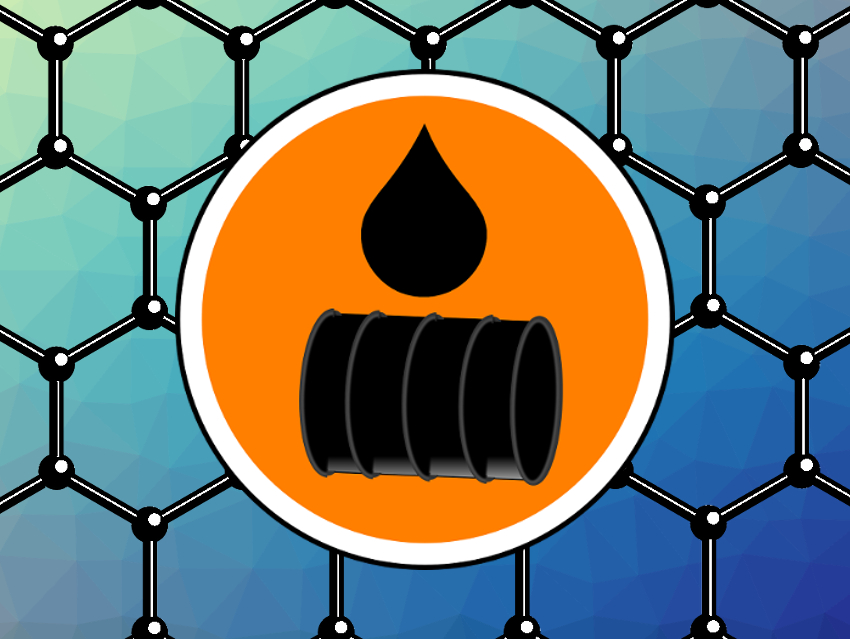Oils spills are a major environmental problem and solutions for emergency clean-up are needed. Most existing methods for oil spill recovery are complex or come at a high cost.
Zheng Bo, Zhejiang University, China, and colleagues have created a solar-heating siphon-capillary oil skimmer which harvests solar energy and uses siphon and capillary effects to clean oil spills in a self-pumping manner. It works without the need for an external power source or manual input. The oil skimmer has a porous architecture and is composed of an all-carbon material that has vertically oriented graphene nanosheets grown on top of a monolith of graphite felt. This specific structure was realized by using an inductively-coupled-plasma-enhanced chemical vapor deposition (ICP-PECVD) method. The material is then formed into an inverted U, with one end to be placed in the oil spill and one into a collection chamber.
When the material is used for oil clean-up, capillary adsorption starts the oil-uptake process, gravitational potential energy drives the siphon transport of the oil, and solar energy is harvested to heat the material and speed up the transport of oil away from the ocean. Under ambient conditions, the oil skimmer has a recovery rate of 35.2 L m–2 h–1, a solar thermal energy efficiency of 75.3 %, and shows no obvious signs of degradation for over 60 hours.
- Spill-SOS: Self-Pumping Siphon-Capillary Oil Recovery,
Shenghao Wu, Huachao Yang, Guoping Xiong, Yikuan Tian, Biyao Gong, Tengfei Luo, Timothy S. Fisher, Jianhua Yan, Kefa Cen, Zheng Bo, Kostya Ken Ostrikov,
ACS Nano 2019.
https://doi.org/10.1021/acsnano.9b05703

![Synthesis of [c2]Daisy Chains via Mechanochemistry](https://www.chemistryviews.org/wp-content/uploads/2025/04/202504_RotaxanesWithSolidStateMechanochemistry-125x94.png)

